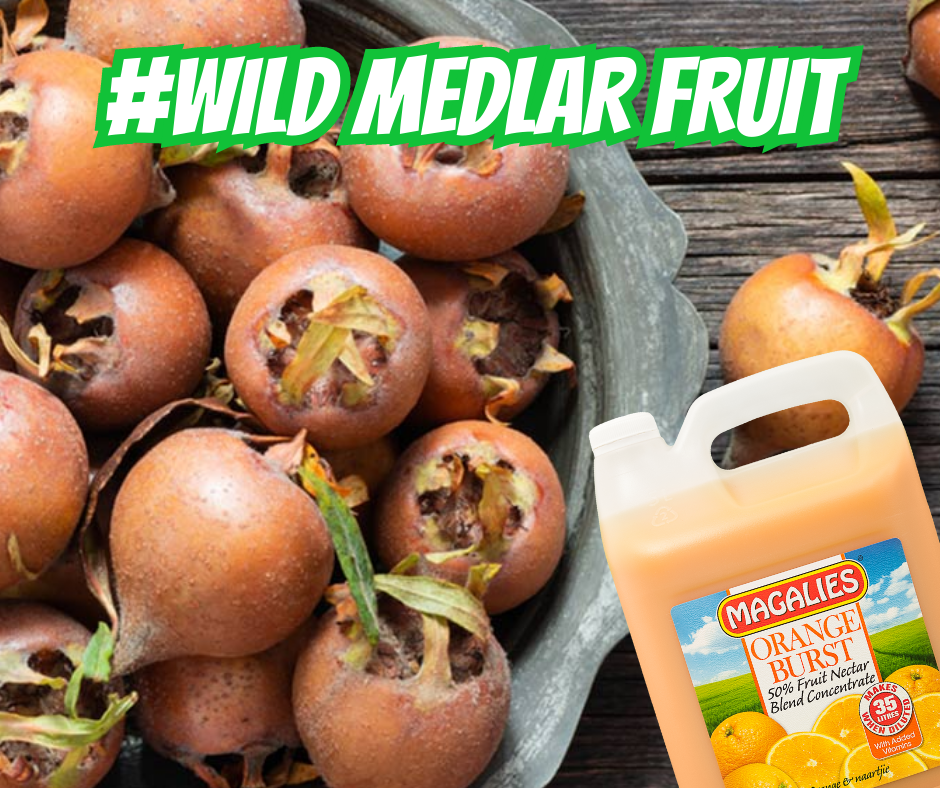by Dr. Marli Botha
There are countless factors that can influence taste perceptions, ranging from an individual’s age to the temperature of the food. These variables are extremely important for food & beverage industry specialists to consider when evaluating and developing new products. How people perceive taste makes all the difference…!
Here are some interesting factors that influence your taste perceptions:
- Taste discrimination tends to decline with increasing age. Around age 45, taste buds begin to degenerate and taste loss becomes obvious in your late 50s. The taste thresholds for sweet, salt and bitter are higher in elderly people than in the young, with sour being the least affected.
- When suffering from a cold, flu or allergies, individuals will experience a loss in their sense of taste. Obstruction of air passages reduces olfactory perception hence the sense of smell is lessened and that is a key component of how we taste. To demonstrate this phenomenon, hold your nose and place any jelly bean in your mouth and chew. You should detect sweetness and a little sourness, along with the feeling of the candy. With your nose held, however, you won’t notice the flavour. When you let go, though, you allow the odour molecules to travel through the nasal cavity to the smell cells, and suddenly the jelly bean has a flavour. (https://www.scientificamerican.com/article/experts-how-does-sight-smell-affect-taste/)
- People with anorexia and patients undergoing chemotherapy have reduced taste sensitivity as the result of their compromised physical condition. Cancer patients have reported that taste changes return to normal after treatment is completed. (https://www.fona.com/11-factors-influencing-taste-perception/)
- Adapting to the taste reduces sensory acuity, thus preventing you from detecting differences between stimuli. The order in which you taste samples during a sensory test is important. Tasting a strong sample, then a weak one results in adaptation. The opposite order, first weak then strong, should not affect taste sensitivity. With short waits between samples (three minutes or so), most effects of adaptation should disappear.
- The taste buds can only detect flavours that are dissolved in a liquid. You cannot taste a dry substance with a dry tongue. Water is the best medium for sensitivity tests. Taste thresholds are lower in water than in tomato juice. Increased viscosity reduces tastes sensitivity. Hence, thicker drinks can taste less sweet or have a less intense flavour than a thinner one, even though the concentrations of sugar or flavouring have not been changed. (https://www.wisegeek.com/what-factors-affect-taste-perception.htm)
- Colour plays a huge role in the perception of flavour, during a study 48% of participants thought soda in a blue glass was more thirst-quenching than in other colours, likely because they associated blue with cold.





